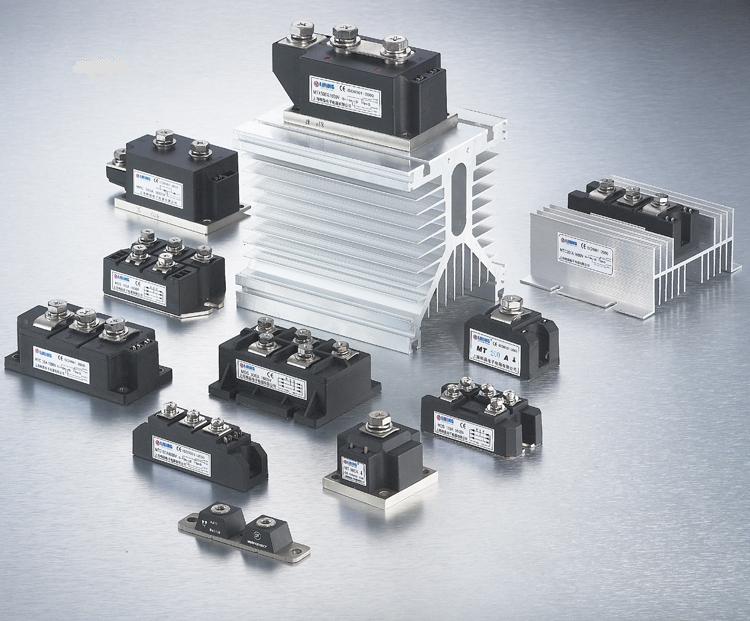- 01
- Nov
The conductivity of the diode
The conductivity of the diode
The most important characteristic of a diode is its unidirectional conductivity. In a circuit, current can only flow in from the anode of the diode and flow out of the cathode. The following is a simple experiment to illustrate the forward and reverse characteristics of the diode.
1. Positive characteristics.
In electronic circuits, if the anode of the diode is connected to the high potential end and the negative electrode is connected to the low potential end, the diode will be turned on. This connection method is called forward bias. It must be noted that when the forward voltage applied to both ends of the diode is very small, the diode still cannot be turned on, and the forward current flowing through the diode is very weak. Only when the forward voltage reaches a certain value (this value is called the “threshold voltage”, the germanium tube is about 0.2V, and the silicon tube is about 0.6V), the diode can be directly turned on. After turning on, the voltage across the diode remains basically unchanged (the germanium tube is about 0.3V, the silicon tube is about 0.7V), which is called the “forward voltage drop” of the diode.

2. Reverse characteristics.
In an electronic circuit, the anode of the diode is connected to the low-potential end, and the negative electrode is connected to the high-potential end. At this time, almost no current flows in the diode, and the diode is in an off state. This connection method is called reverse bias. When the diode is reverse-biased, there will still be a weak reverse current flowing through the diode, which is called leakage current. When the reverse voltage across the diode increases to a certain value, the reverse current will increase sharply, and the diode will lose its unidirectional conductivity. This state is called diode breakdown.
